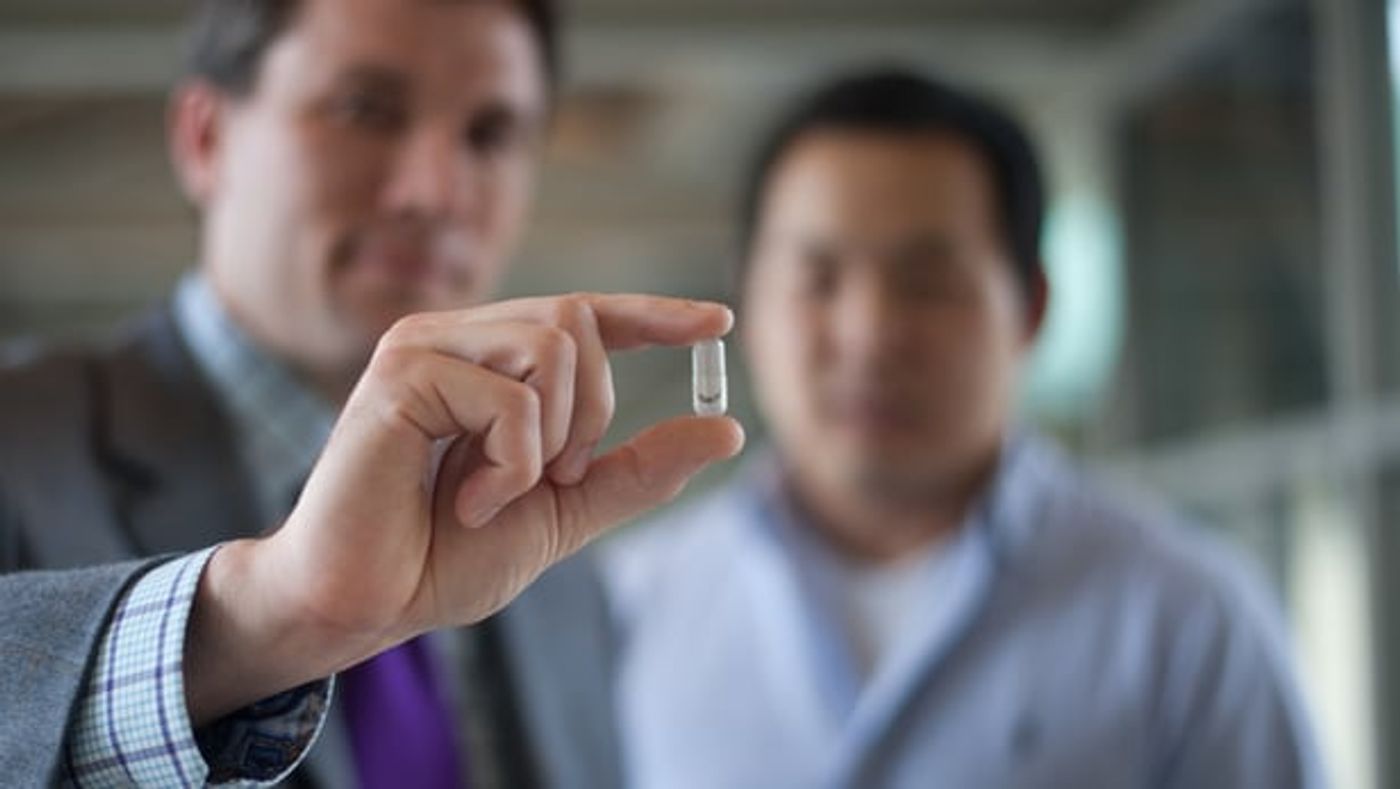Ever since we were little, we’ve been told to never, ever swallow any batteries. Now, a group of engineers say they’ve developed batteries meant to be swallowed! But unlike the “AA’s” or “AAA’s” that go into toys or devices, this ingestible battery is in the form of a pill intended to power internal, ingestible medical devices.

"For decades, people have been envisioning that one day, we would have edible electronic devices to diagnose or treat disease," said materials scientist Christopher Bettinger. "But if you want to take a device every day, you have to think about toxicity issues. That's when we have to think about biologically derived materials that could replace some of these things you might find in a RadioShack."
Some of the biggest challenges for having a battery inside your body is containing the chemical byproducts and preventing possible leakages of caustic agents. But even if these challenges are overcome, as they have been for pacemakers, the risk of toxicity is would be too high for devices intended to be ingested.
To solve this problem, Bettinger and his team at Carnegie Mellon University turned to melanin – the pigment molecule that colors our skin, hair, eyes, and gives us freckles. As it turns out, these molecules can bind and unbind metallic ions, a unique property that makes them natural batteries.
They then experimented with battery designs using melanin at the different terminals, and different biocompatible electrode materials, like manganese oxide, copper, and iron.
In the end, they arrived at a biocompatible, edible battery that really works. "The exact numbers depend on the configuration, but as an example, we can power a 5 milliWatt device for up to 18 hours using 600 milligrams of active melanin material as a cathode,” said Hang-Ah Park, co-researcher of the study.
This is enough juice to power small, ingestible devices. For example, imagine a pill that can sense the microbiome activity of your gut, or one that delivers drugs based on your body’s personal needs. This battery could power these devices, and more.
"The beauty is that by definition an ingestible, degradable device is in the body for no longer than 20 hours or so," Bettinger said. "Even if you have marginal performance, which we do, that's all you need."
It sounds like the future of “wearable devices” just got upgraded to “edible devices.”
Additional source: American Chemical Society via
EurekAlert!









